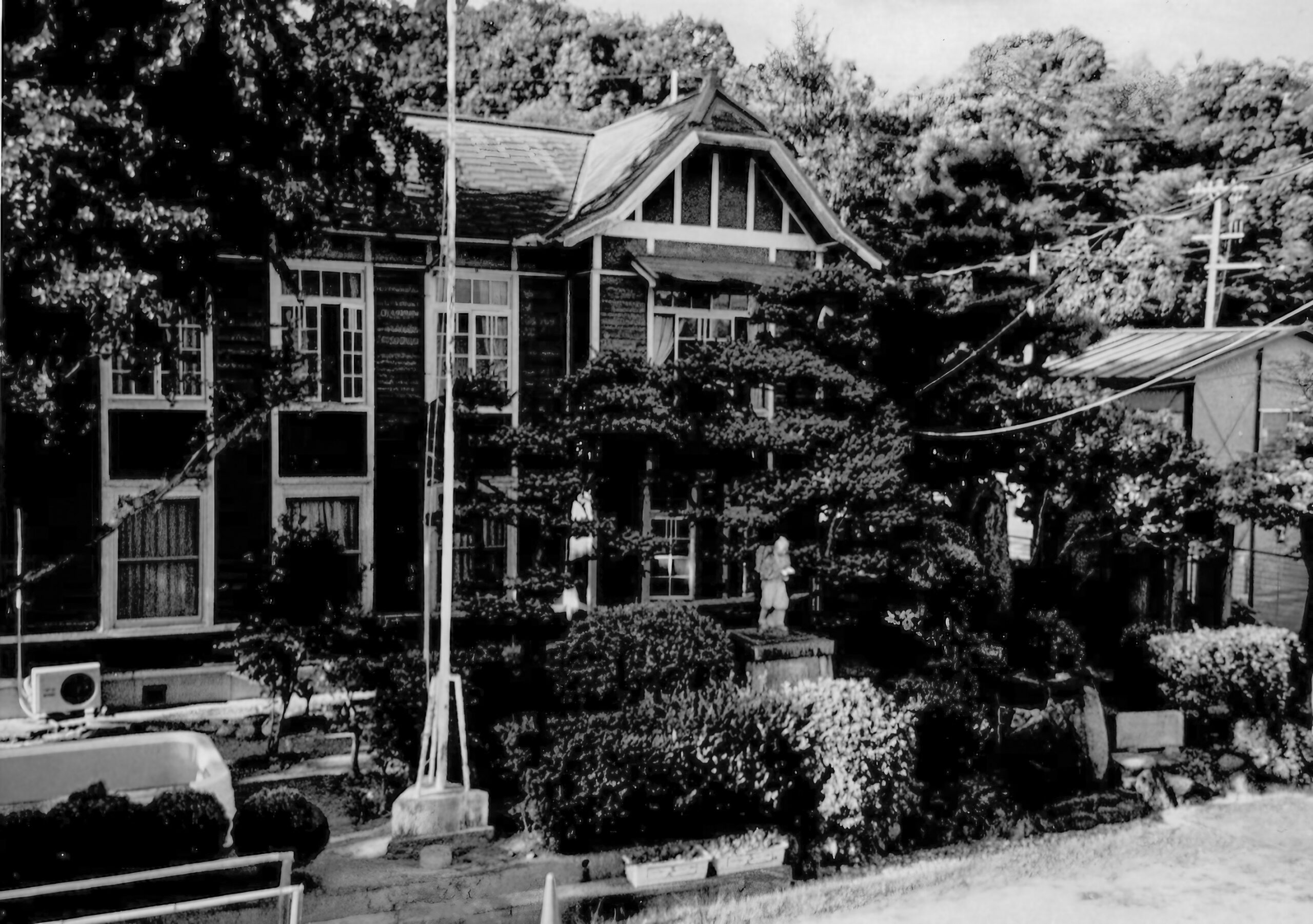Capturing Memories: How Photos Evoke and Influence Our Consciousness
Photography has the unique ability to capture moments in time, preserving them for future reflection. This article explores how photographs trigger memories and influence our consciousness, using a personal connection to a now-demolished children’s home as a case study.

The Power of Nostalgia
Nostalgia is a powerful emotion that can transport us back to specific moments in our lives. Photographs serve as tangible reminders of the past, enabling us to revisit memories and experiences that might otherwise fade over time. The image of the old Takeda Children’s Home, for instance, brings back vivid memories of childhood for the author, creating a bridge between past and present.
Photography as a Memory Trigger
Photographs have the ability to trigger memories by capturing the details of a particular moment. These visual cues can evoke emotions and sensations associated with the time when the photo was taken. For the author, the photograph of the Takeda Children’s Home is more than just a picture; it is a portal to a time filled with personal experiences and emotions.
Impact on Consciousness
The act of revisiting photographs can influence our consciousness by reinforcing our connection to the past. It allows us to reflect on our personal history, gain insights into our identity, and understand how our past experiences shape who we are today. The author’s memories of living in the Takeda Children’s Home are intertwined with the physical and emotional sensations captured in the photograph.
The Role of Personal Connection
Personal connections to photographs can amplify their emotional impact. When we see images of places or people that hold significance to us, our memories and feelings become more vivid. The author’s deep connection to the Takeda Children’s Home enhances the emotional resonance of the photograph, making it a powerful tool for introspection and memory recall.
Conclusion
Photographs are more than just visual records; they are powerful tools that can evoke memories and influence our consciousness. By capturing moments in time, they allow us to reflect on our past, understand our present, and shape our future. The image of the Takeda Children’s Home serves as a poignant reminder of the author’s childhood, illustrating the profound impact that photographs can have on our lives.
